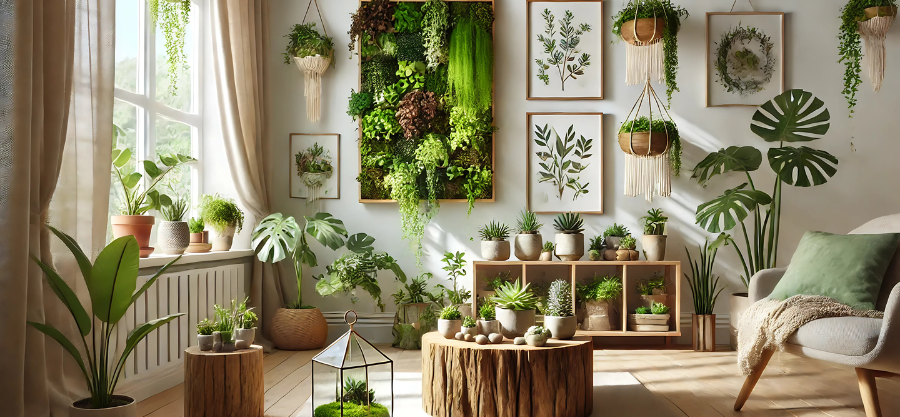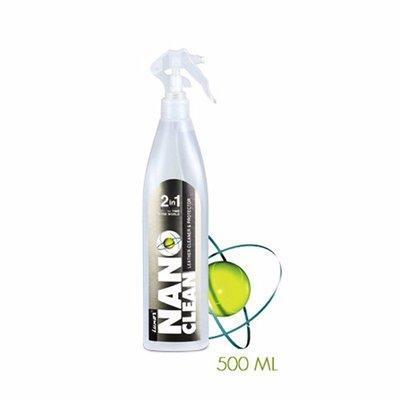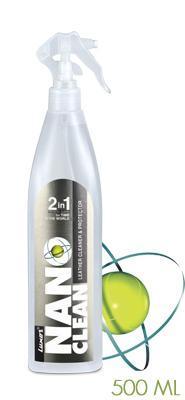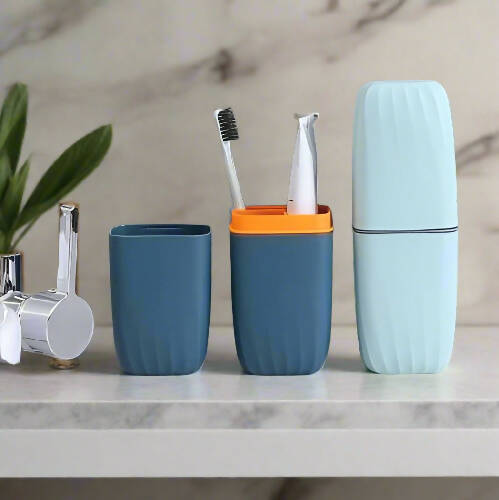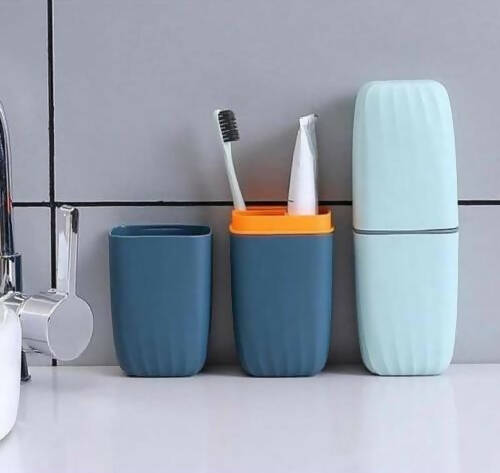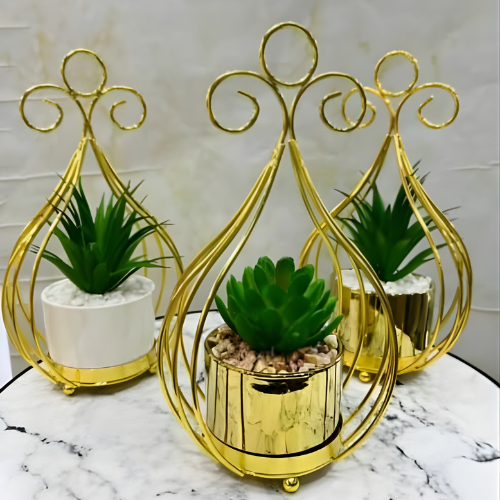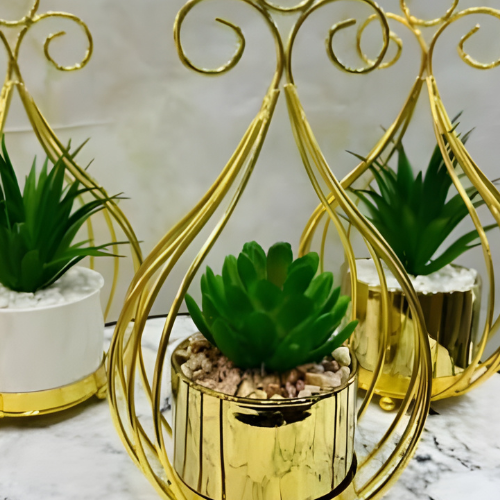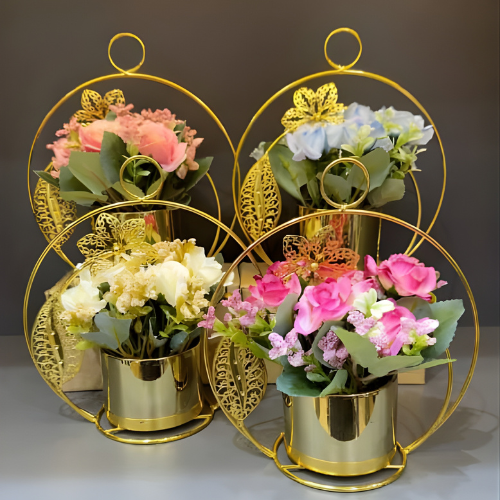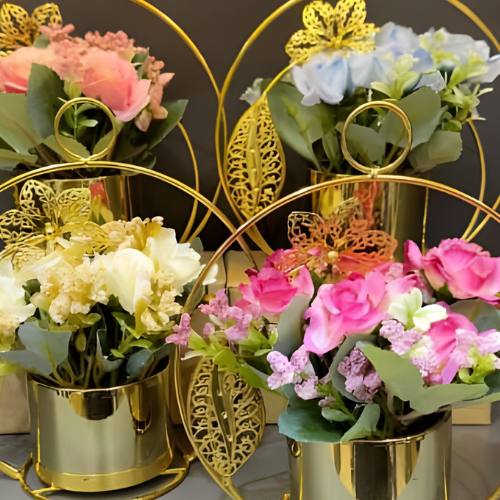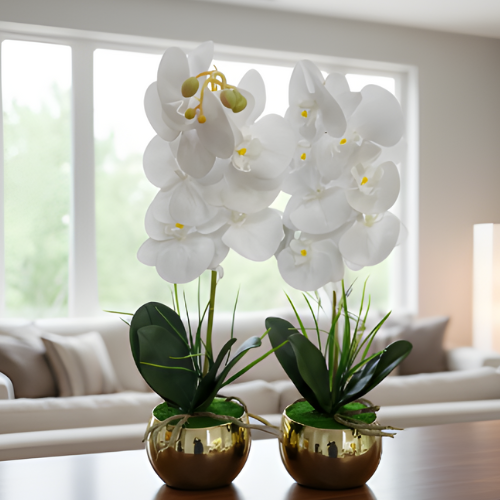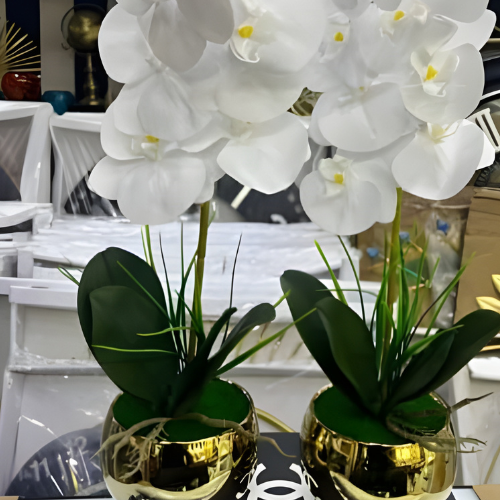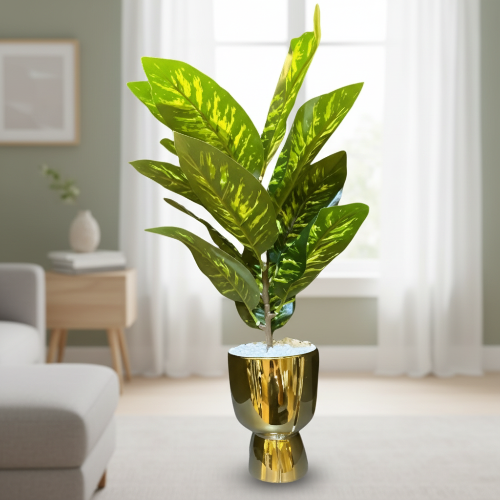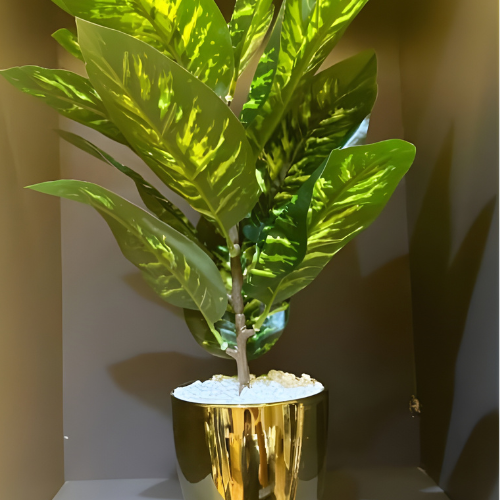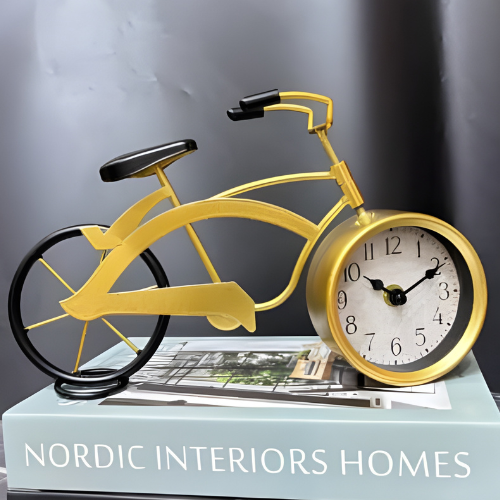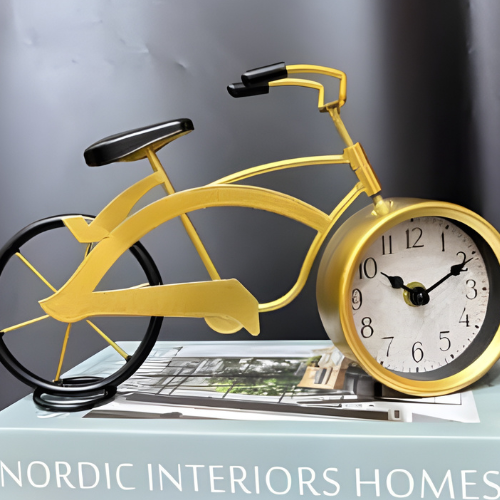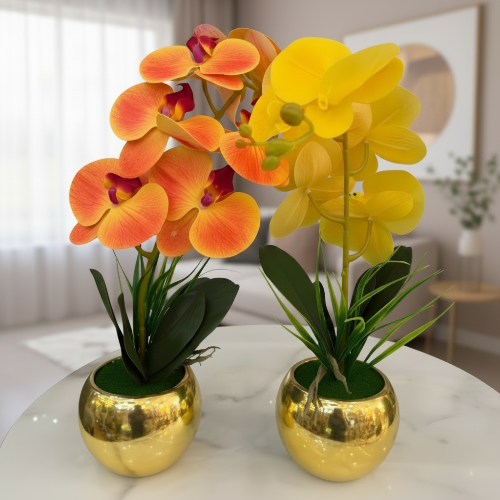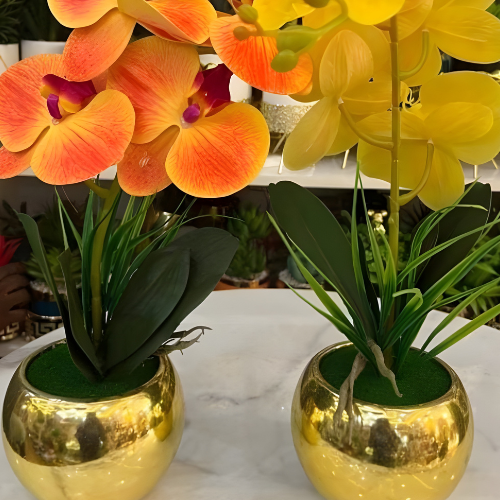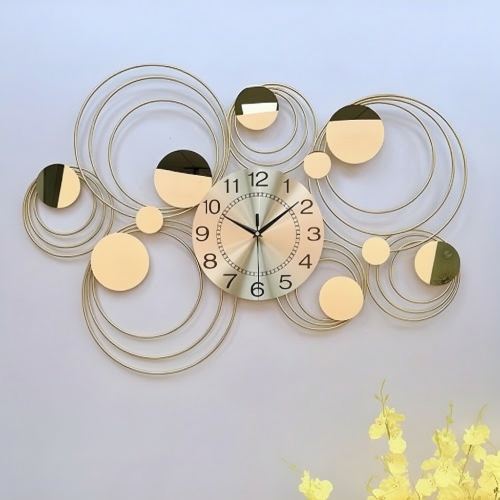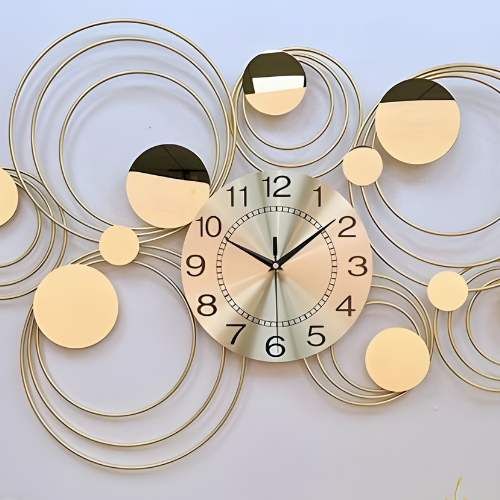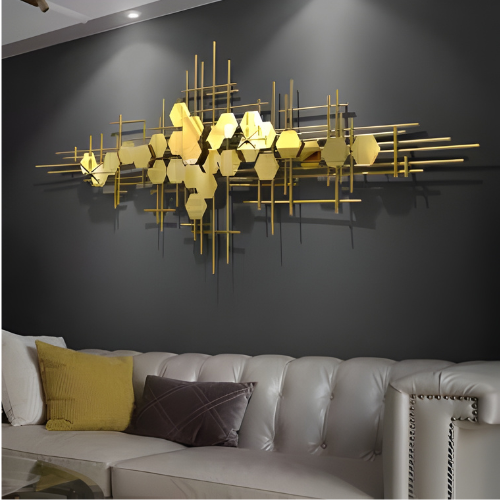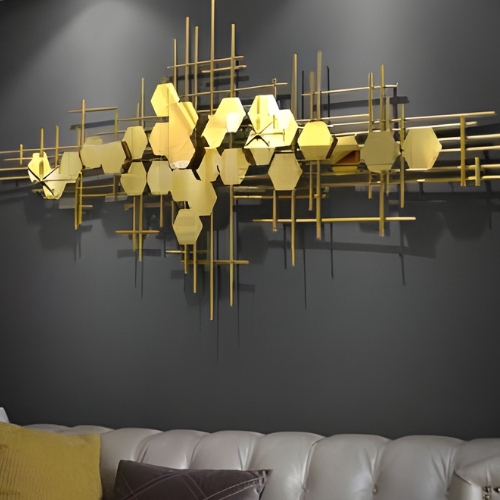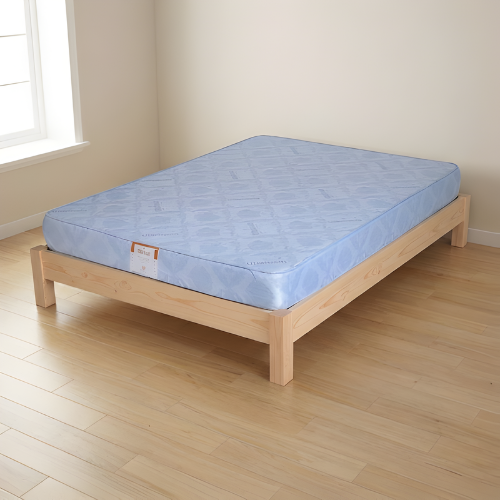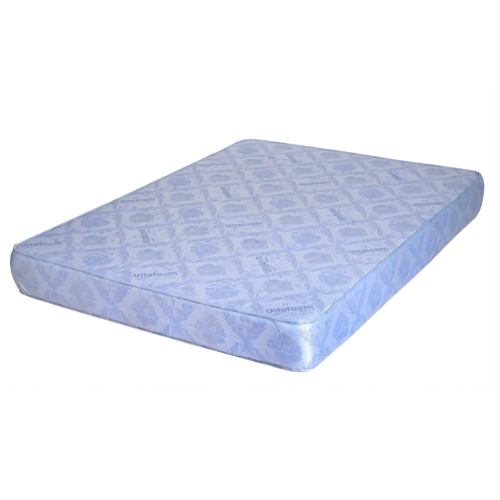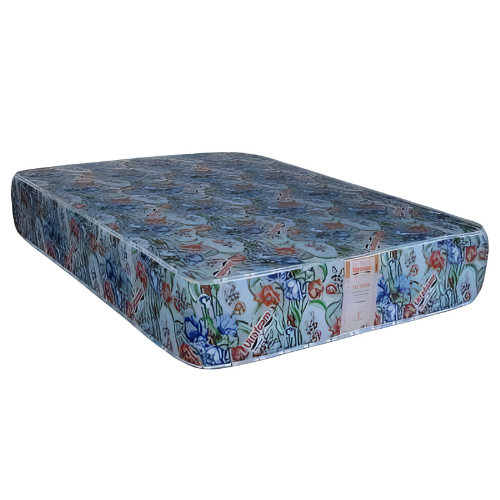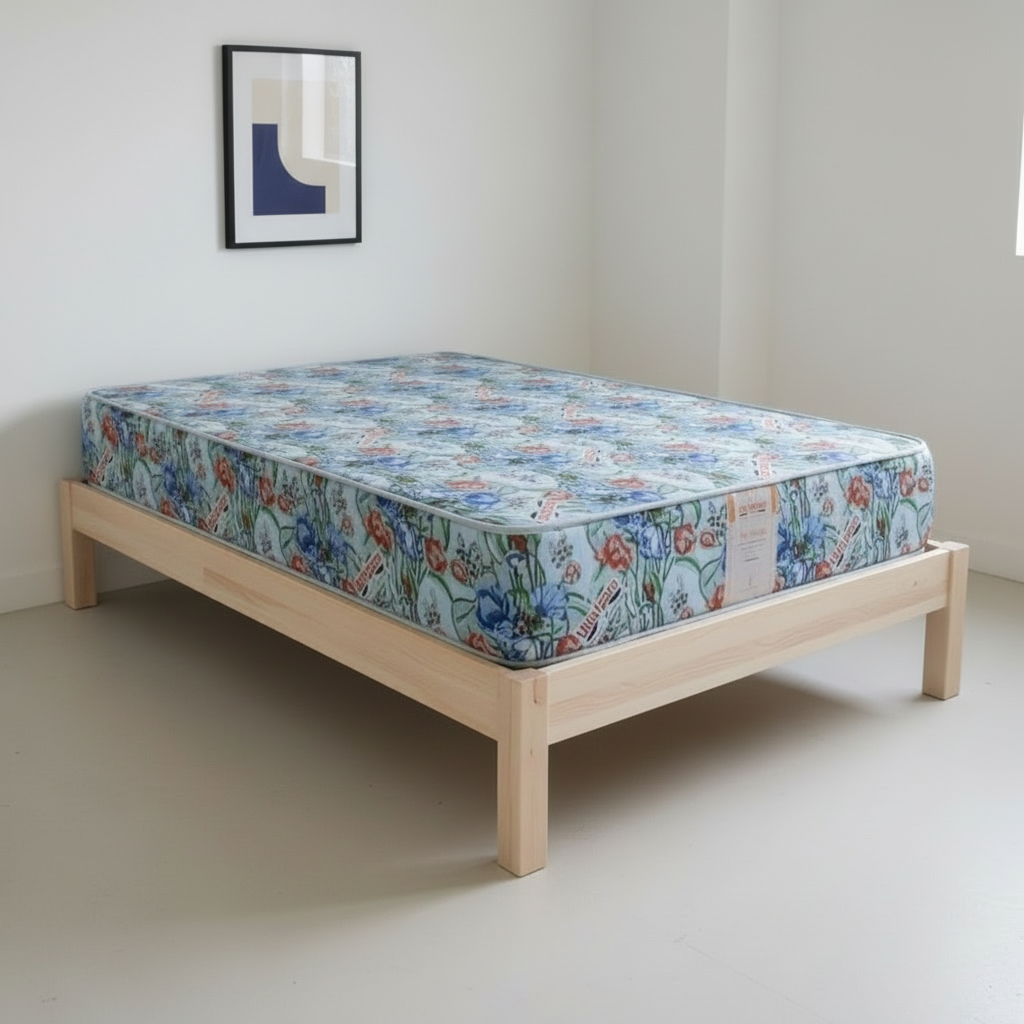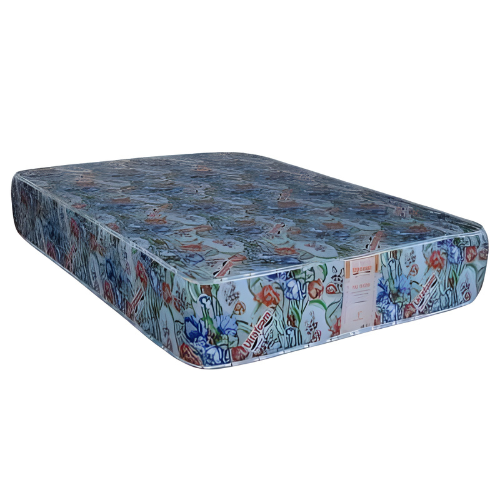Many people crave a connection with nature. Biophilia is the human instinct to link to the natural world. This idea has inspired design trends that bring nature indoors. Biophilic DIY décor is a fun, hands-on way to create personalized, nature-inspired pieces. Think lush moss walls, elegant terrariums, or rustic driftwood art. Here’s how you can bring beauty betting on the outdoors in your home.
Biophilic Design
Biophilic design is more than just looks. It’s about improving well-being. Studies show that nature reduces stress, boosts focus, and lifts mood. Adding plants, natural light, and organic materials to your home creates a calming space. DIY projects make this even better. They spark creativity and let you craft pieces that reflect your personality. The process itself promotes mindfulness and relaxation.
1. Moss Walls: Living Art for Your Walls
Moss walls bring greenery into your space with little maintenance. These vertical gardens add calm and visual appeal. They also work as natural air purifiers.
DIY Moss Wall
- Materials Needed:
○ Preserved moss (available in various colors and textures)
○ A wooden frame or backing board
○ Adhesive (hot glue or spray adhesive)
○ Optional embellishments like bark, small branches, or stones
- Steps:
○ Choose your frame or base, ensuring it matches your desired size and aesthetic.
○ Arrange the preserved moss on the surface to map out your design before adhering it.
○ Secure the moss using your adhesive, layering different types for texture and depth.
○ Add embellishments to create a natural landscape effect.
○ Mount your moss wall in a low-light area to maintain its longevity.
Why Choose Moss Walls?
Preserved moss is easy to care for. It doesn’t need water, sunlight, or pruning. This makes it perfect for busy people. It’s also versatile. You can create simple designs or detailed landscapes.
2. Terrariums
Terrariums are small, self-contained ecosystems. They bring a bit of nature indoors. These mini gardens are perfect for desks, shelves, or tables. They add charm and greenery to any space.
Types
● Closed terrariums are great for plants that love humidity, like ferns and mosses.
Open terrariums work best for succulents, cacti, or air plants that prefer dry conditions.
DIY Terrarium
- Materials Needed:
○ A clear glass container (jars, bowls, or specialty terrarium vessels)
○ Small pebbles or gravel for drainage
○ Activated charcoal to prevent odors
○ Potting soil suitable for your chosen plants
○ Plants (miniature varieties work best)
○ Decorative elements like sand, stones, or figurines
- Steps:
○ Add a layer of pebbles or gravel at the bottom for drainage.
○ Sprinkle a thin layer of activated charcoal to keep the environment fresh.
○ Add potting soil, ensuring there’s enough depth for your plants' roots.
○ Arrange your plants, starting with the largest and filling gaps with smaller ones.
○ Add decorative touches to personalize your terrarium.
Why Terrariums Are Popular
Terrariums are easy to care for and versatile. They’re perfect for beginner gardeners. They also act as living art, combining plants with creative design.
3. Driftwood Art
Driftwood has unique textures and a weathered look. It showcases natural beauty and timeless charm. This versatile material can become many things. Create wall hangings, candleholders, or sculptures with it.
DIY Driftwood
- Wall Art:
○ Arrange pieces of driftwood into a geometric or abstract design.
○ Attach them to a backing board using nails or strong adhesive.
○ Incorporate other natural elements like shells or sea glass for added flair.
- Candle Holders:
○ Select a sturdy piece of driftwood with an interesting shape.
○ Drill small holes to fit tealight candles securely.
○ Sand and seal the wood for a polished finish.
- Hanging Mobiles:
○ Use fishing line or twine to suspend driftwood pieces at varying lengths.
○ Add other natural embellishments, such as feathers or beads, for a whimsical touch.
Sourcing Driftwood
Driftwood can be collected from beaches or purchased from craft stores. If gathering it yourself, ensure it’s thoroughly cleaned and dried before use.
Tips for You
Sustainability First: Use recycled or ethically sourced materials to reduce environmental impact.
Choose Complementary Elements: Mix textures, colors, and materials for a cohesive look. Pair moss with stones or driftwood with greenery.
Personalization: Add meaningful items or try unique designs to show your creativity.
Maintenance: Most biophilic décor is low-maintenance, but clean and touch up pieces to keep them fresh.
Benefits
Wellness Boost: Working with natural materials reduces stress and encourages mindfulness. DIY projects can be therapeutic.
Aesthetic Appeal: Nature-inspired designs add warmth, texture, and harmony to your home.
Eco-Friendly Living: Reusing materials and creating durable décor supports sustainable living.
Connection with Nature: Biophilic décor helps you feel connected to nature, even in the city.
The Cons of Biophilic DIY Décor
Biophilic DIY décor also comes with challenges. One notable drawback is the time and effort. Crafting and maintaining pieces like moss walls, terrariums, or driftwood art demand significant attention. It is especially true for beginners unfamiliar with DIY techniques or plant care.
Another issue is maintenance. While many biophilic décor pieces are low-maintenance, they aren’t entirely hands-free. Terrariums, for example, require proper light, watering, and ventilation to prevent mold or plant decay. Moss walls, although preserved, may occasionally need cleaning or re-gluing as elements shift over time.
Cost can also be a factor. Although DIY projects are typically more budget-friendly than store-bought options, sourcing quality materials like preserved moss, driftwood, or specialized containers can add up, especially if you aim for high-end results.
Finally, some projects may pose environmental concerns if materials like driftwood or plants are harvested unsustainably. Ensuring ethical sourcing can mitigate this but requires research and effort.
Despite these challenges, with careful planning and realistic expectations, biophilic DIY décor can still be a rewarding way to bring natural beauty into your home.
DIY Decor
Biophilic DIY décor turns your home into a sanctuary that honors nature’s beauty.
Craft a moss wall, design a terrarium, or create driftwood art. These projects mix creativity, relaxation, and function.
Natural elements bring a calming touch. Let your imagination guide you as you bring the outdoors inside.
With a little effort, you can create a home that feels grounded and alive—an oasis of nature and creativity.
Author bio: Sahbrina Sattniin

Sahbrina’s journey as a linguist began over a decade ago with a bachelor’s degree in Journalism, paving the way for a diverse and dynamic career. Her professional path has been enriched by an array of experiences in journalism, marketing, and international certifications in entrepreneurship and leadership. These include prestigious titles from Dale Carnegie and Empretec, the latter endorsed by the United Nations Organization.
In 2016, Sabrina added another feather to her cap by completing a Tourism Management course in Dublin, Ireland. Her versatility spans numerous linguistic and creative domains, including Translation, Subtitling, Copywriting, Transcreation, Transcription, Voiceover, Editing, Website Localization, Content Production, Teaching, and Interpreting. A passionate literary translator, Sabrina bridges cultures and languages with her craft.
Fluent in Brazilian Portuguese, British English, Spanish, and Parisian French, Sahbrina brings a global perspective to her work, making her an invaluable contributor to the fields of language and communication.



